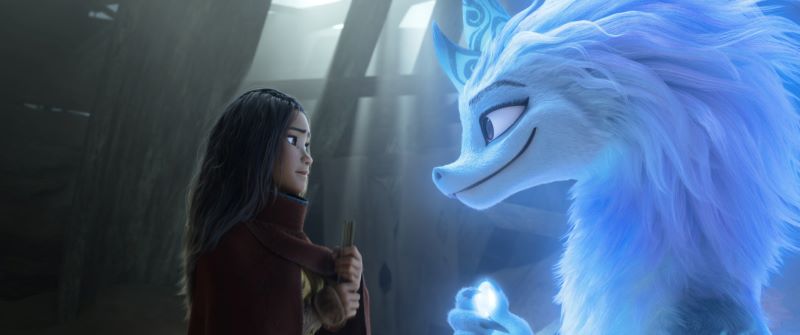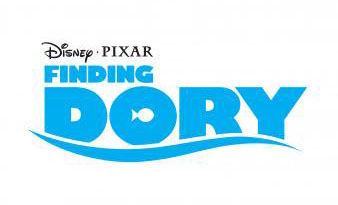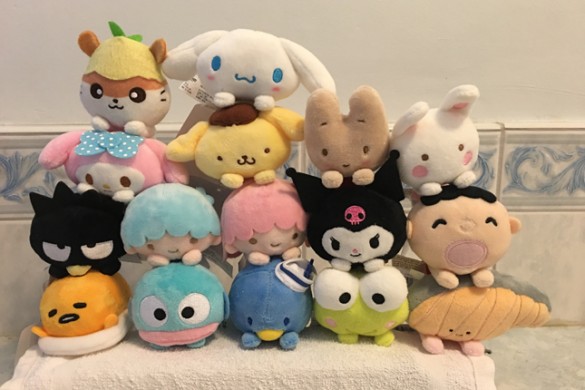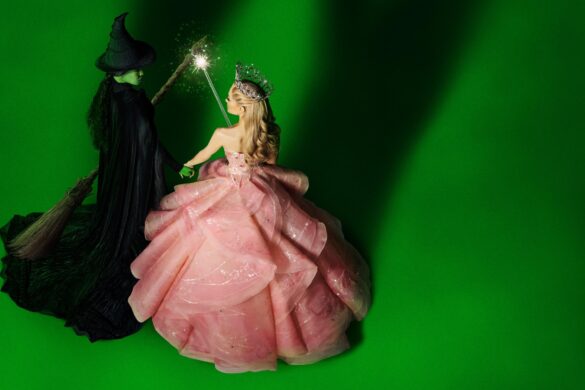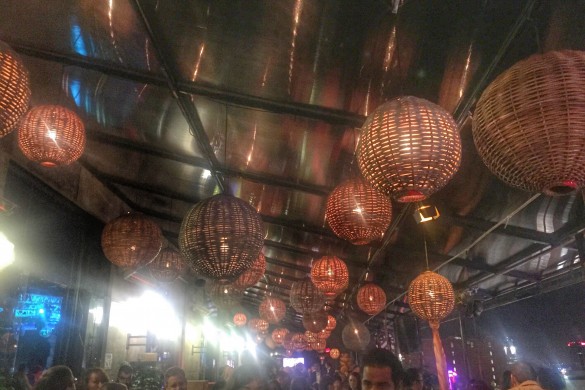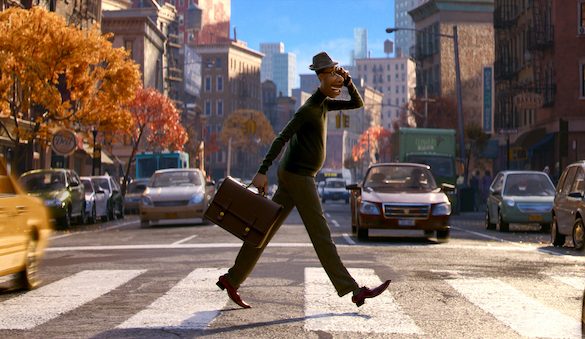Disney’s “Raya and the Last Dragon” is one of the most highly anticipated films of the year. It’s the animation studio’s first feature to be inspired by Southeast Asian cultures and having a Southeast Asian princess as the lead. Unlike some of the more damsel in distress films of the past, Raya takes a different approach by having the title character, voiced by Kelly Marie Tran, as a lonesome warrior who embarks on a quest to destroy an evil force and restore humanity, while also battling her issues of trust.
ThatsItLA had a chance to attend the press conference for “Raya and the Last Dragon,” where the cast and crew shared their thoughts on the film’s depictions of representation, the female dynamic between Raya and Namaari (Gemma Chan), and the recent surge of attacks on Asians and Asian-Americans across the country.
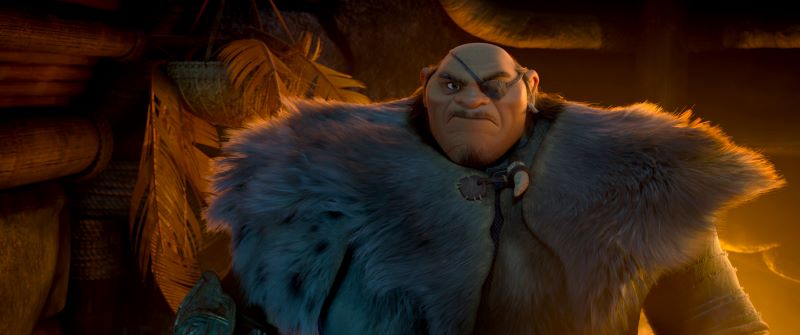
Representation Matters
Several Southeast Asian influences are seen throughout “Raya and the Last Dragon.”These elements may be culturally specific, its fictional setting of Kumandra allows the film to avoid overlooking any part of that region. Screenwriter and producer Adele Lim credits Disney for encouraging them to find the underlying inspirations and common threads that run through Southeast Asia. “If you look at even one country, like the country, I grew up in, Malaysia, there’s so many races, cultures, religions, so many ways for us to, you know, view each other as the enemy or view each other as the other,” she said. “But when you truly look at what makes our culture, you know, amazing and things, whether it’s our arts, or you know, our food, the best street food in the world, it is because of all these different elements coming together and creating something transcendent.”
“Wanting to tell the story of a divided world and seeing both sides of that aspect, used all those inspirations to be able to tell the greater arc of the story,” Lim added.
The details of those inspirations don’t come through only in the Kris sword that Raya wields, the food, or the Wayang shadow puppets. It also comes from a place of authenticity. And not just from Lim or co-writer and co-producer Qui Nguyen, but also the other artists who also grew up in Southeast Asian households.
“It was also with so many Southeast Asian, artists, story team, or visual arts department, animation, people who were already there not brought together for‘Raya,’but they were already being brought up by Disney, who can edit all these deep, different details at different levels of the script,” Lim said. “Things that you don’t necessarily, you know, glean from a seminar or learn, but things that you feel in your DNA. So hopefully, you know, even if you know nothing about Southeast Asia, that you’re able to feel that love and that attention, you know, at every layer of our film.”
Nguyen also credited the visual development teams, the artists, the story artists, the animators, who came on board to create the look and the feel of the landscape of Kumandra. “I always equate it to like Arthurian legend or Dungeons and Dragons. These are all these you know, Western fantasies based on like a mishmash of Western cultures,” he said. “This is our chance to kind of create our Excalibur and Arthurian legend. And so it was something to kind of celebrate a culture that I grew up in, and to make legendary heroes that our kids can aspire to.”

Female Empowerment
Nguyen also served as the film’s martial arts consultant. Hall said they leaned on him quite a bit so that the moves not only looked and felt real but that it was also true to Southeast Asians. And to a larger extent, Nguyen also wanted the fights to be true to the characters. So he brought in Maggie MacDonald to act as the stunt choreographer. She would help do a lot of the referencing for the fights seen in the film.
“It was important for me to bring on a female choreographer, and she brought in a female team of fighters to do the reference because our two leads were Raya and Namaari,” Nguyen said. “The way the above female body moves is just different and we wanted to honor that. So, it didn’t feel like Raya doing a move that The Rock should be doing. It should be something that was utilized, you know, speed, strength, and agility.”
“It was just amazing to have martial arts from Southeast Asia highlighted this way because you often see in movies like this Kung Fu or karate,” Nguyen said. “It’s nice to be able to see martial arts that touched my culture here.”
Those fights between Raya and Namaari not only bring a never-before-seen kind of martial arts style to the screen, but it also expresses the dynamic between the two. “I love the fact that they have this kind of love-hate dynamic,” Chan said. “But at their core, they have so much in common.”
Despite Namaari’s aggressive exterior, Chan says underneath it all, her character has a huge heart and this love for dragons. “We’ve all had those people in our lives that we both love and have a love-hate relationship, and it is a fine line,” she said. “I love the fact that the Namaari and Raya have had that connection since childhood and they’re rivals but they also they’ve got a lot in common.”
Tran agreed. “I think setting up these characters as kids and just see how authentically they connect at a young age, and then cutting forward and seeing the way that they’ve sort of been divided. It’s incredible because of the idea that we have these two characters that could have switched places at one point,” she said. “When I really think about in my life when things like that have happened to me when you’re looking at someone who you see as an enemy, and by the end of the story Raya and Namaari are then suddenly willing to step outside of themselves to the risk everything for this idea of community, this idea of what their relationship could have been this entire time, it’s inspiring.”
“But yeah, their relationship in this movie is probably one of my favorites, just because of how complicated it is,” Tran added.
Chan echoed Tran’s sentiments. “I think it again, it kind of shows how when we’re young, and as children, we’re not inherently – we don’t hate each other, it’s something that is learned,” she said. “It’s something that comes through whether it’s a parental or family influence or from your particular tribe. Those things can be learned, but they can be unlearned as well.”

Raising awareness of anti-asian-racism
“Raya and the Last Dragon” comes at a time when violence against Asians and Asian Americans is at an all-time high. Though the film does have these specificities that resonate with Southeast Asians, the core story and its themes of trust are universal. “I was just extremely moved by the theme and the ending of the story, which ultimately, everyone here has seen, the film is about trust, and how I am struggling with that,” Sandra Oh said. “You know, art is here to pose questions and to potentially suggest the possibility. I think, even if we start with that question to see in oneself, who do I trust, how am I not trusting, can I trust, can I trust that other side, can I trust that other side, when it seems to be very that proof positive that this is what has been done to me. But as the theme of the story, which is we cannot go on as a society, the world cannot continue, you know, without this open-heartedness.”
Oh added, “Namaari, I think I learned that you just need to keep breaking your heart. You have to be willing to have your heart broken again, and again, and again, just to keep it open. Because I think that we know, hate is not finished by hate it is only won over by love. So we have to each individually, and then hopefully, as a community, and then a large community and a society move towards that way. Because all of us are in the same boat. I mean, it’s a beautiful opportunity 2020 in all, its destructiveness and all its change, if one can see it as an opportunity, that somehow it is also broken all our hearts open. So what can we do with that?”
Though there weren’t any specific meetings about these attacks during the production of the film, it was something that the cast and crew were aware of. “There were certainly moments during the making of the film, where we were very aware of how this film, which was meant to be timeless, was unbelievably timely,” co-director Don Hall said. “I think it emboldened us to continue forward because we felt like we had something to say. And if, you know, this film can just have you know, getting you to know, teach one person to be brave enough to trust somebody. Then we feel like we’ve done what we set out to do.”
Nguyen agreed that they didn’t know what the world would become by the time “Raya and the Last Dragon” came out, especially in regards to the recent attacks against the Asian and Asian-American community. “I’ll just be frank, there’s been, there’s been some time where in the last 365 days where there’s been a lot of negative imagery and word said about Asians,” he said. “It’s hard not to appreciate that this movie is coming out. And I give a counterpoint in just telling a positive story that celebrates Asian American skin and Asian American lives, Asian American people because I think that if you only see, and I think this is with any underrepresented group, you only see stories where you’re seeing as the bad guy or a dog or what have you, it starts to paint a very negative picture of you for those who don’t ever get to know you who never get to be in the room with you.”
Daniel Dae Kim said we shouldn’t undervalue the fact that this is an actual Disney movie. There is a lot more weight to it than just having that castle brand name attached to a film like “Raya and the Last Dragon.”The people that will be watching this movie, by and large, are families, parents, with their children, seeing this kind of representation and understanding what is possible,” he said. “That people like Isaac and Talia are, they have the space to perform in these kinds of projects for maybe the first time in history to this degree.”
Thinking from a much broader perspective, Kim said it will be the first time for kids to see an Asian female kick-ass and become queen. “She’s on the path to becoming a ruler, and she’s being groomed by her father to do that in a loving relationship. All of these things are such a positive portrayal,” he said. “It’s the exposure that brings understanding, and that understanding is what changes perception. What this movie does, on the scale of those things cannot be underestimated.”
“The most powerful thing that I think a film can accomplish is it allows someone to experience life through someone else’s eyes, someone who gives you a perspective that you wouldn’t have,” co-director Carlos Lopez-Estrada said.“It does that in a way that it’s very optimistic, very hopeful. And through it, we got to learn about cultures that were not our people, that were not our problems, that were not our own. It brought us together in a beautiful way.”
Lim wanted to emphasize how important it was to recognize that even though Kumandra was a fictional land, the troubles, and the journey Raya goes on and the struggles she faces are very much rooted in reality. And that is especially true with problems that we’re facing in terms of division, today. “It was particularly important that the way Raya goes about trying to solve this is also reflected in reality, it is not an easy thing,” she said. “It is not just an easy word that we’re just going to say the word trust, and it’ll magically hope it comes together. It is something you keep doing, even though you lose everything important to you, even though you’re betrayed, even though you know, your heart is broken, that we have to keep reaching out because it is the only way we are going to be able to move forward in this world together.”
“With everything that’s been happening in this last year, the violence towards Asian Americans seeing each other as the other, words have power and words have the power to paint people in a different light. You have the power to bring us together. So hopefully, you know, this movie is our word, you know, and our message to the world of you knows, let’s pull together.
Tran appreciated the film’s approach to establishing that trust and how it can be broken so easily, but that there may be reasons for that mistrust. “There’s a moment for me, specifically, with Raya, when she just towards the end of the movie gets to feel justifiable and unapologetically angry,” she said. “For me, seeing a young woman in a movie like this, just get to feel that righteous anger, and then recognizing that the thing that pulls her out of it is seeing her friends and how they’re helping other people. It feels so real to me.”
Tran also recognized that with all of these attacks going on, it is understandable how we might get to a place where the world feels broken, and there has to be more to trust and unity than just talking about it. “There is a lot of pain that happens there and recognizing that as you said, and the only way to get through it is to look for the bits of hope in your community,” she said.
“Raya and the Last Dragon” opens in limited theaters and on Disney+’s premiere access on March 5, 2021.

